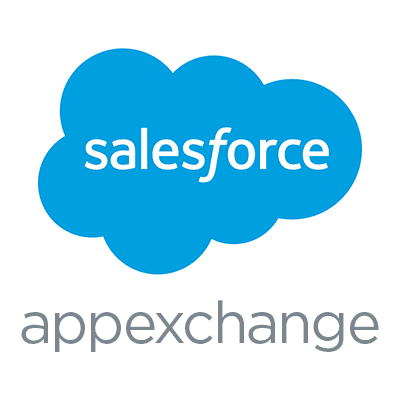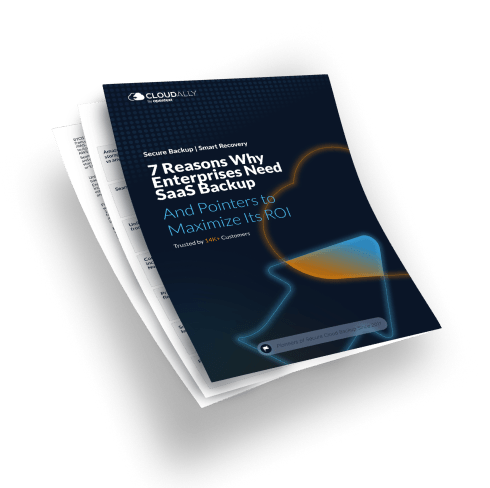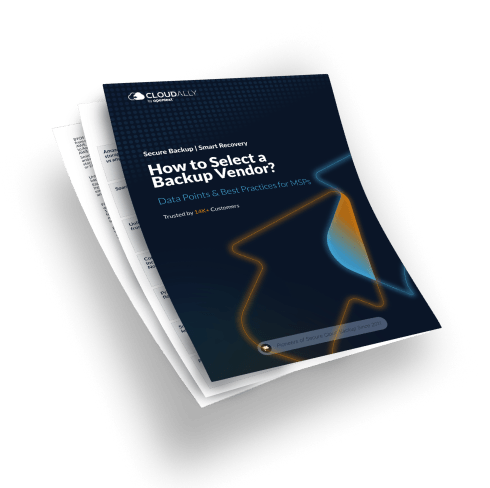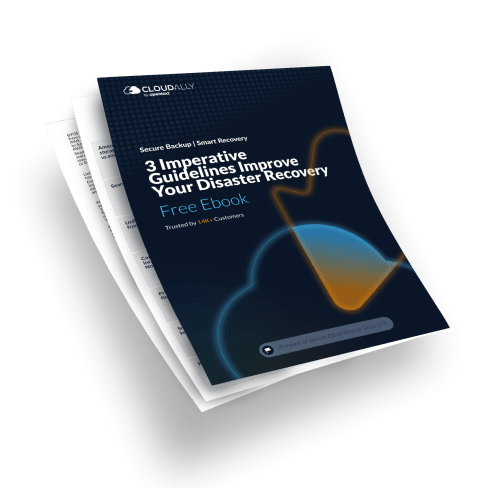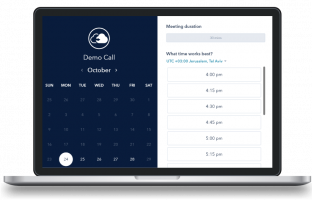- Home
- Salesforce Backup
- Salesforce Compare Sandbox And Production
Compare Salesforce Data
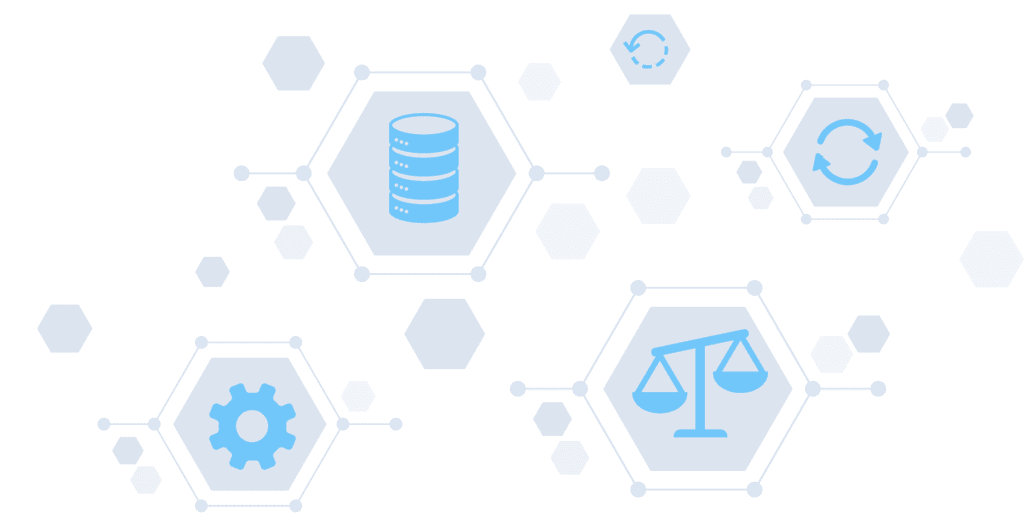
Salesforce Compare
As the Salesforce admin, you’ve discovered an instance of Salesforce data loss and or corruption. How do you plug the hole? For efficient disaster recovery you need intelligent data recovery. Salesforce admins, and application managers need to be able to understand what data was altered, and to be able to find lost or corrupted data quickly, before Salesforce users begin to notice and open support tickets.
Our Salesforce Compare, solution allows you to easily identify and recover corrupted data.
Compare your Data or Metadata
With our Salesforce Compare feature (available in our Salesforce Backup product solution) you have a powerful tool to compare your data or metadata across backups and/or your production Salesforce database.
You can compare any backup snapshot or Salesforce Production/Sandbox. In the case of metadata, you can even compare with other organizations.
Our Compare tool is available in your backup task details menu, in the backup console.
Compare Backup Snapshots
Visualize Data Changes
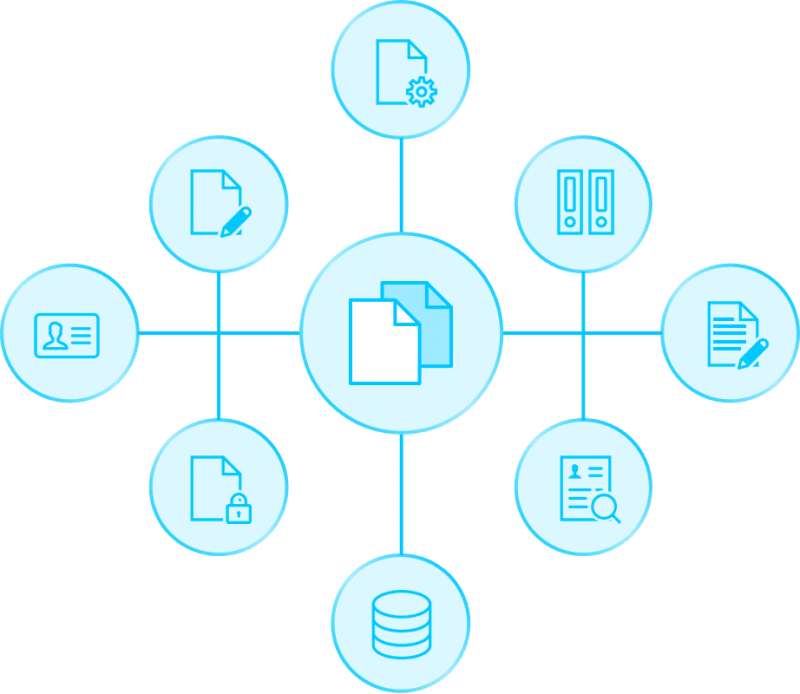
Using our Metadata Comparison Functionality
With this new feature, customers will be able to compare metadata between any point-in-time backup and:
- Another point-in-time backup of same-org
- Live data of same-org
- Live data of cross-org (production/developer/sandbox)
Further, CloudAlly can do this if installed on the “source” org only – no need to install on the “target” org.
In the comparison results, CloudAlly will display the components for each version, including the number of files in each.
Start using our Free Trial for Salesforce Backup – and experience the benefits of our backup solution.
Salesforce Compare - Video Demo
Salesforce Comparison of Metadata
Salesforce Comparison of Backup data
Start Protecting Your Data Today!
Secure Cloud Backup & Recovery for Salesforce
Protect your data with our automated daily backup, fast accurate restores, enterprise-grade. Secure your data/metadata with automated, daily backup.
Available on the AppExchange
Get a Quote


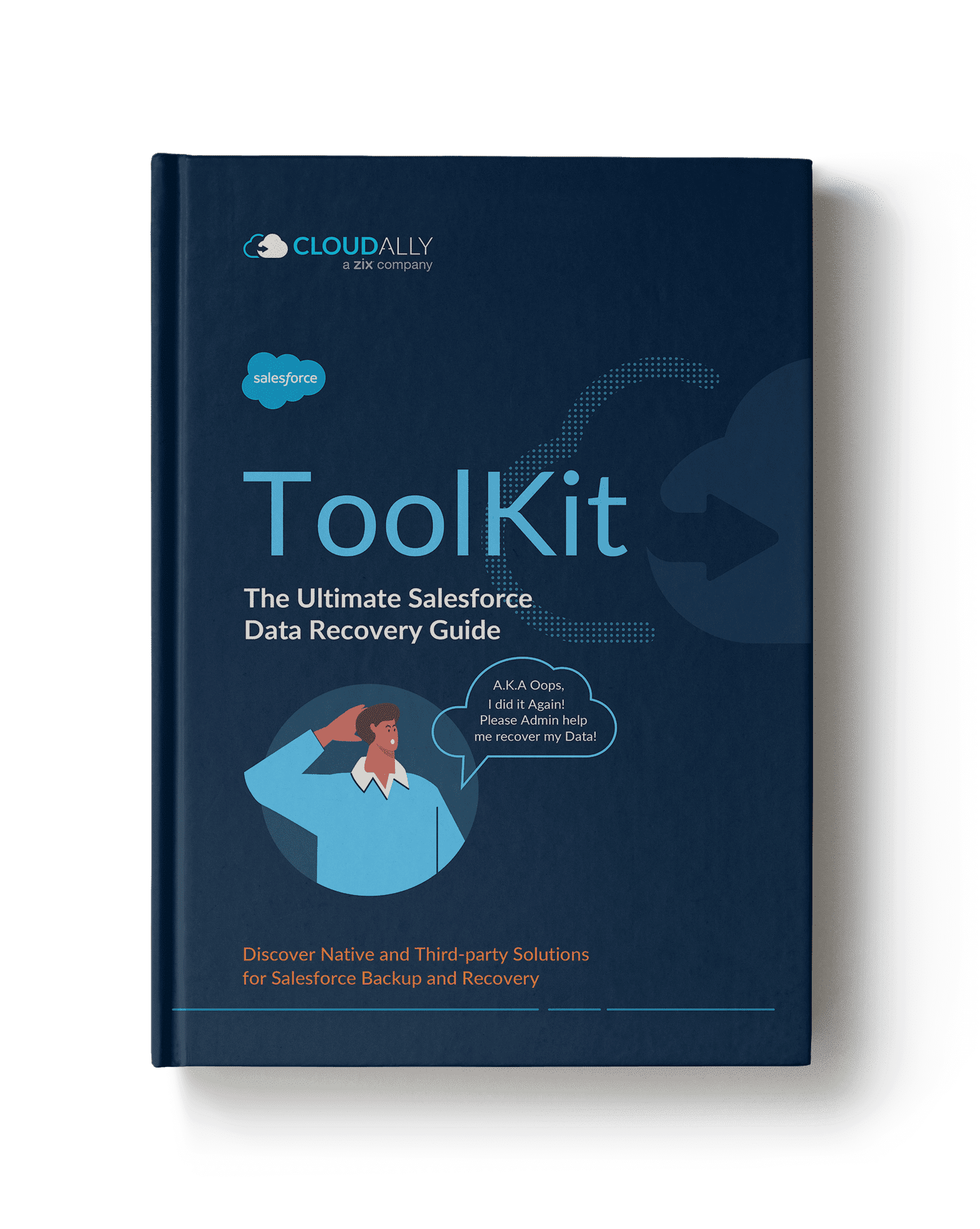
Why Does Native Salesforce Data Need Backup & Recovery?
Learn more about Why Does Salesforce Data Need Protection. Share your details to download:
View our Frequently Asked Questions on: Salesforce Compare data.
Salesforce keeps a backup copy of customer data to support their disaster recovery plan. This data (on Salesforce Backup) can also be made available to customers as part of their Data Recovery service, though Salesforce explicitly warns against relying on the service in the event of data loss. In fact, Salesforce urges customers to develop an independent backup and recovery strategy and that the Salesforce Data Recovery service should “only be used as a last resort, when no other copy of the data is available.”
A data retention policy is a statement agreed by all the business stakeholders of how long data will be stored by the organization, with some organizations also including details around the if, when, where, and how the data is deleted, anonymized, or otherwise treated.
- Catalogue your data.
- Review your data and make some critical organizational decisions
- Establish procedures for the removal of data
Once data has been deleted, it will reside in the Salesforce recycle bin for a maximum of 15 days. During this period, known as the “soft-delete” stage, data can be restored back into the org. If data is emptied from the recycle bin, or the 15-day retention period expires, the data becomes “hard-deleted” and is not able to be recovered. You can, however, access said data by using the Salesforce workbench. If data is deleted from the database, the deletion becomes permanent and the data is only accessible or recoverable if a backup solution is in place or via the Salesforce Data Recovery service.
In Salesforce you are never able to delete a user. … The benefit is deactivating users is that they aren’t using a license, but you get to have all their historical data. So while a user is frozen and once you have cleaned up everything assigned to them, then you should deactivate that user.
CloudAlly is powered by Amazon AWS S3 cloud servers in various data centers, in the USA, APAC, EU, and shortly in the UK as well.


